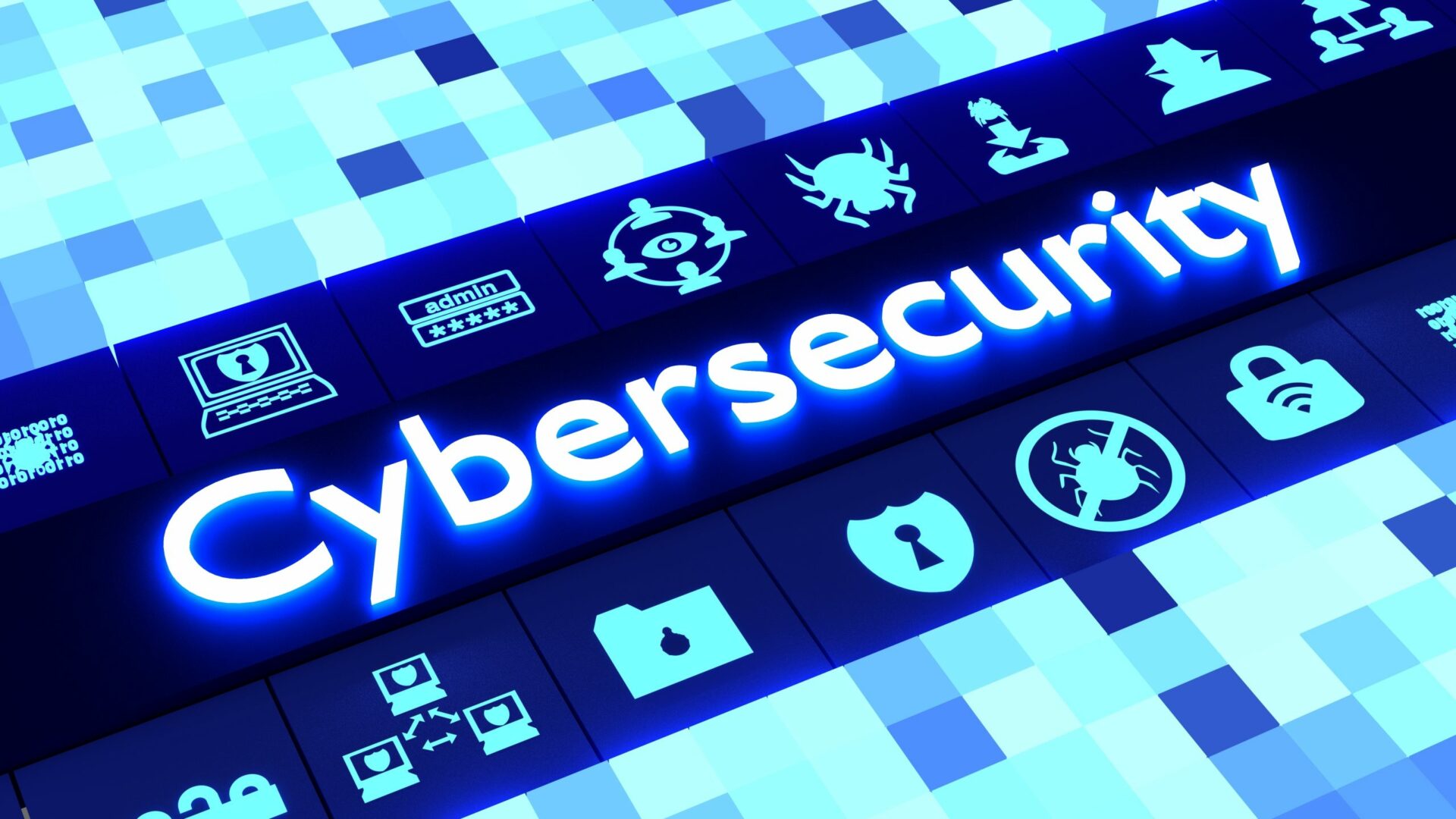Cybersecurity has grown to be a major issue for companies of all kinds in the always changing terrain of information technologies. The need for a highly qualified IT expert and consultant who is competent to protect digital assets has exploded as threats become more complex and ubiquitous. Renowned for eight domains of cissp’s thorough covering of fundamental security ideas, the Certified Information Systems Security Professional (CISSP) credential leads front stage in this discipline. Examining their importance in forming well-rounded cybersecurity specialists and their applicability in today’s fast-paced IT world, this article explores the eight areas that define CISSP certification.
Eight Domains of Expertise: CISSP’s Foundation
There are eight separate domains underlying the CISSP certification, each of which is very vital in information security. These fields taken together provide a complete picture of cybersecurity, therefore guaranteeing that certified experts have a thorough and deep knowledge of the discipline. Mastery of these disciplines helps IT experts acquire the abilities required to handle challenging security issues in different organizational environments.
Domain 1: Security and Risk Management
Any successful cybersecurity plan is mostly dependent on a strong foundation for security and risk management. This area emphasizes the basic ideas of information security—confidentiality, integrity, and availability among other things. It covers very important areas such security governance, legal rules, professional ethics, and compliance. Mastery in this field helps IT experts to match security practices with business objectives, therefore ensuring that cybersecurity projects complement general company goals and reduce possible risks.
Domain 2: Asset Protection
In a time when data is often referred to as the new oil, safeguarding digital resources has become absolutely critical. The Domain of Asset Security explores information and asset categorization, ownership, and protection. It addresses fundamental ideas like data security measures, handling guidelines, and retention rules. Whether they are kept on-site or in the cloud, professionals knowledgeable in this field may apply successful plans to protect the most important assets of a company, therefore guaranteeing that sensitive data is safe all through their lifetime.
Domain 3: Security Architecture and Engineering
In the environment of cybersecurity of today, a fundamental ability is building safe systems from the ground up. This area is oriented on the ideas, guidelines, and architectures connected to create safe systems. It addresses security paradigms, system resilience, cryptography, and physical security among other broad subjects. Mastery in this field will enable IT experts to create solid foundations for the general security posture of a company and construct powerful security solutions resistant to advanced threats.
Domain 4: Networksecurity and Communication
Protecting private data on our linked planet depends on safeguarding routes of communication and network infrastructure. This area investigates the ideas of safe network design including subjects like network components, safe communication routes, and network assaults. Those that specialize in this field can create and use safe network solutions that protect data in transit and at rest, therefore guaranteeing that information moves safely across many systems and platforms.
Domain 5: Identity and Access Management (IAM).
A basic feature of information security is control of access to private resources. The IAM domain is centered on digital identity management as well as the processes for granting or limiting system and data access. It addresses important ideas such responsibility, authentication, and permission. Mastery in this field will enable IT experts to apply strong IAM policies guaranteeing only allowed access to critical data, therefore lowering the risk of data breaches and unwanted access.
Domain 6: Testing and Security Analysis
Identification and resolution of vulnerabilities before they may be taken advantage of depend on proactive security policies. This area focuses on design, execution, and analysis of assessments and security testing. It addresses vulnerability assessments, penetration testing, and security audits among other forms of security testing. Competent in this field, professionals can do extensive security audits, spot any flaws, and provide doable suggestions to improve the security posture of a company.
Domain 7: Operations for Security
Maintaining a robust security posture calls for constant awareness and quick reaction to any hazards. The daily tasks needed to keep information systems safe occupy the realm of Security Operations. It addresses subjects like business continuity planning, incident management, and catastrophe recovery. Those that succeed in this field can properly handle security events, put in place strong monitoring systems, and make sure companies may bounce back fast from security breaches or other disruptive occurrences.
Domain 8: Security Regarding Software Development
Ensuring the security of apps is critical at a time when almost all aspects of corporate operations are driven by software. This area focuses on the ideas, methods, and standards of safe software development. It addresses subjects like safe coding methods, software security testing, and the way security is included into the software development process. Through mastery of this field, IT experts may help to create safe applications from the bottom up, therefore lowering the chance of vulnerabilities open to use by hostile actors.
Synergy
Although every level of the CISSP certification focuses on a certain aspect of cybersecurity, their actual effectiveness comes from their interdependence. Working together, the eight domains provide a complete framework for handling the multifarious and difficult problems of contemporary information security. Through broad knowledge in many fields, IT experts get a comprehensive awareness of cybersecurity that helps them to address several security challenges from several directions.
Relevance in the Current Scene of Modern Technology
The CISSP domains develop to mirror the shifting character of the IT terrain; they are not fixed ideas. The domains are changed as new technologies develop and threat environments change to make sure qualified experts stay front and foremost in cybersecurity techniques. From the advent of cloud computing and the Internet of Things to the rising relevance of artificial intelligence and machine learning in security operations, the CISSP domains provide a flexible framework that fits to new problems and possibilities in the area of information security.
Conclusion
All things considered, the eight areas of cissp eight domains provide a complete and dynamic method of cybersecurity instruction. Mastering these fields helps IT experts to equip themselves with the knowledge and abilities required to negotiate the challenging field of information security. Well-rounded cybersecurity specialists become more and more important as cyberthreats change and data protection’s relevance rises. The CISSP domains provide IT experts a strong basis from which to grow, therefore guaranteeing their readiness to meet the security demands of both today and future. Gaining knowledge in these eight areas is not only a benefit but also a need in our digital world for people wishing to further their professions in cybersecurity.










